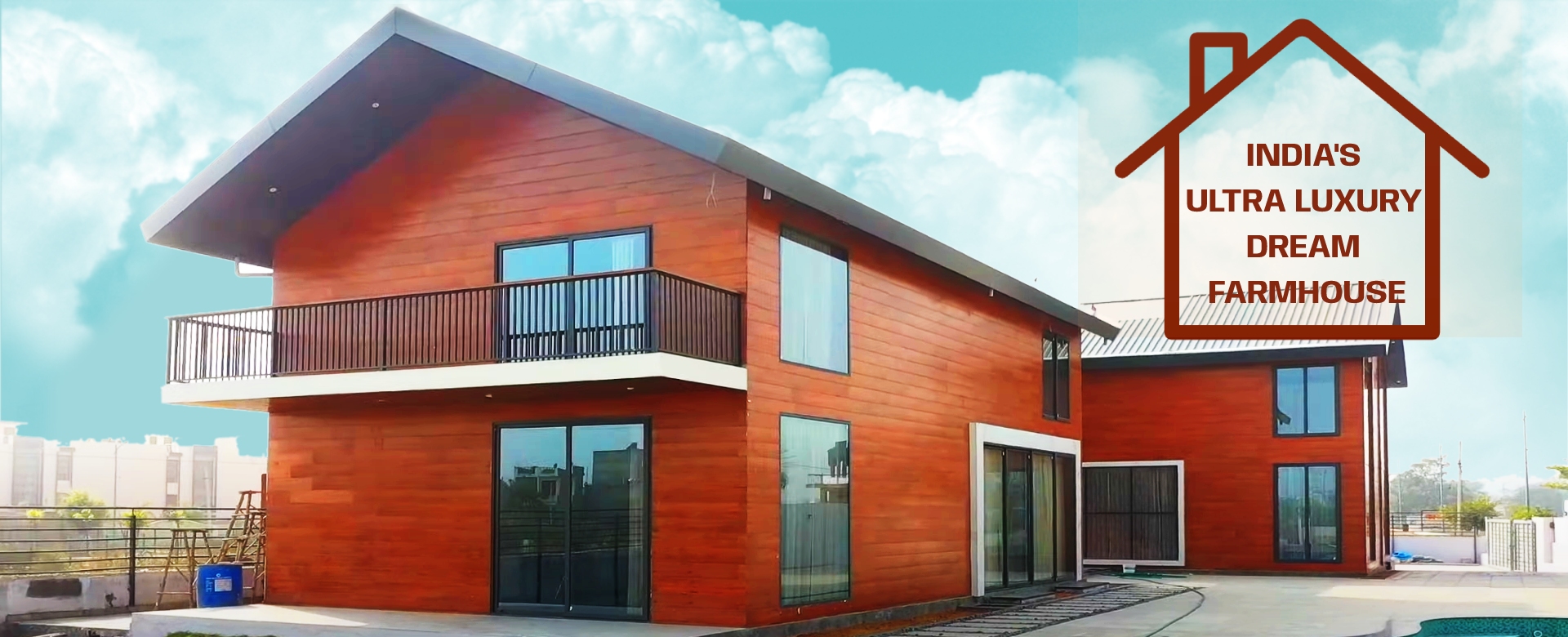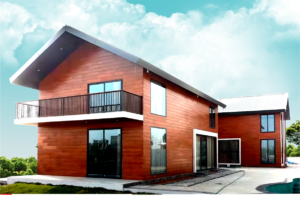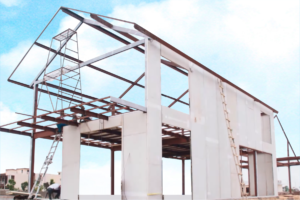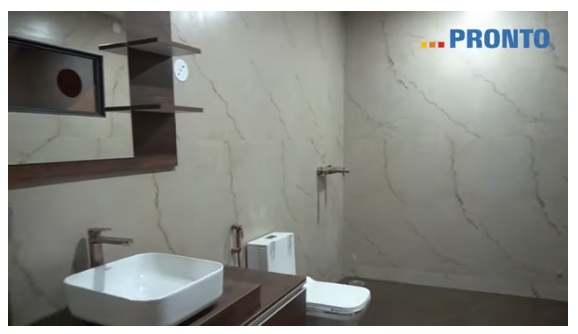The evolution of prefabricated building technology in India is a fascinating one. From its humble beginnings as a way to quickly construct simple structures in remote areas, to its current status as a reliable and cost-effective alternative to traditional building methods, prefabricated building technology has come a long way.
In India, the use of prefabricated building technology can be traced back to the 1950s, when it was used to create emergency housing for refugees from Tibet and East Pakistan. Since then, it has been used to construct a range of structures, including low-cost housing for the poor, commercial buildings, and even large-scale industrial projects.
In recent years, the use of prefabricated building technology has increased significantly, thanks to the introduction of more advanced materials and techniques. In particular, the use of prefabricated roof and wall panels has become increasingly popular. These panels are made from high-strength materials and are designed to be light yet strong, making them ideal for constructing walls and roofs.
The prefabricated roof and wall panels from Pronto are particularly noteworthy. These panels are available in a range of attractive colours and are highly weather-resistant. They also offer excellent insulation, meaning that less energy is required to keep a building warm or cool. Furthermore, they are designed to be easy to install, meaning that even local plumbers and electricians can fit them without much difficulty.
The advantages of prefabricated building technology are numerous. It is faster and more cost-effective than traditional building methods, requiring less manpower and resulting in less wastage on site. Furthermore, it is more reliable and durable, meaning that buildings constructed using this method can last for a long time.
Overall, the evolution of prefabricated building technology in India has been a positive one. It has enabled the construction of a range of structures in a more efficient and cost-effective manner, and has opened up new possibilities for the construction industry. With the introduction of advanced materials and techniques, the possibilities for prefabricated buildings are only set to increase in the years to come.























